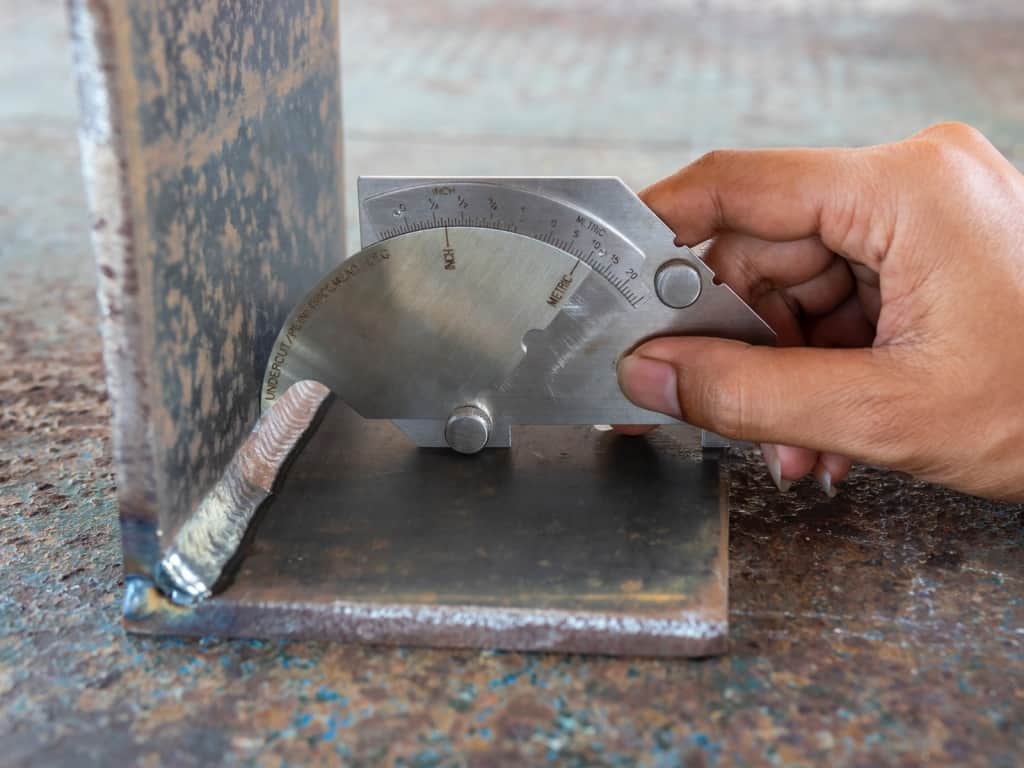Expert Approaches for Preventing Weld Undercut Successfully
Expert Approaches for Preventing Weld Undercut Successfully
Blog Article
Understanding the Art of Welding: Exactly How to Avoid Undercut Welding Issues for Flawless Fabrication Outcomes
By recognizing the root causes of undercut welding and implementing effective strategies to prevent it, welders can elevate their craft to new degrees of excellence. In the quest of remarkable manufacture outcomes, mastering the art of welding to stay clear of undercut issues is not just a skill yet a need for those striving for perfection in their job.
Comprehending Undercut Welding

To protect against undercut welding, welders must make certain proper welding specifications, such as readjusting the existing, voltage, travel rate, and preserving the proper electrode angle. By comprehending the causes of undercut welding and executing preventive steps, welders can achieve high-grade, structurally audio welds.
Reasons of Undercut in Welding
Comprehending the elements that contribute to damage in welding is important for welders to generate premium, structurally audio welds. Inadequate welding inaccurate or current welding rate can also add to undercut. Recognizing these causes and applying appropriate welding techniques can help avoid damaging problems, making sure solid and sturdy welds.
Methods to stop Undercutting

To minimize the risk of damaging in welding, welders can utilize critical welding strategies intended at improving the quality and integrity of the weld joints. One reliable technique is to change the welding parameters, such as voltage, present, and travel rate, to ensure correct warm input and deposition. Keeping an ideal electrode angle and guaranteeing constant traveling rate can additionally help stop undercut. In addition, utilizing the right welding strategy for the details joint setup, such as weave or stringer grains, can add to reducing undercutting. Preventing weld undercut.
Employing back-step welding techniques and controlling the weld grain account can additionally aid disperse warm equally and lessen the risk of undercut. Routine assessment of the weld joint throughout and after welding, as well as implementing high quality assurance steps, can assist in finding and resolving damaging concerns immediately.
Relevance of Correct Welding Criteria
Selecting and maintaining proper welding specifications is important for accomplishing successful welds with marginal issues. Welding specifications describe variables such as voltage, current, take a trip rate, electrode angle, and shielding gas flow price that straight influence the welding process. These criteria must be carefully adjusted based upon the kind of product being welded, its density, and the welding strategy utilized.
Appropriate welding criteria ensure the correct amount of warmth is related to melt the base steels and filler product evenly. If the parameters are established too expensive, it can bring about too much warmth input, triggering burn-through, spatter, or distortion. On the other hand, if the specifications are as well reduced, incomplete blend, absence of infiltration, or damaging may take place.
Quality Control in Welding Workflow

Conclusion
Finally, mastering the art of welding calls for a detailed understanding of undercut welding, its causes, and techniques to avoid it. By ensuring appropriate welding specifications and carrying out high quality assurance techniques, flawless construction outcomes can be achieved. It is essential for welders to consistently aim for quality in their welding procedures to prevent undercut issues important link and generate high-grade welds.
Undercut welding, a typical issue in welding processes, takes place when the weld metal doesn't correctly fill the groove and leaves a groove pop over to this web-site or anxiety along the welded joint.To avoid undercut welding, welders should make sure proper welding parameters, such as readjusting the present, voltage, traveling speed, and maintaining the appropriate electrode angle. Inadequate welding inaccurate or current welding rate can likewise add to undercut.To reduce the threat of damaging in welding, welders can use strategic welding strategies intended at boosting the high quality and stability of the weld joints.In conclusion, understanding the art of welding calls for an extensive understanding of undercut welding, its reasons, and methods to prevent it.
Report this page